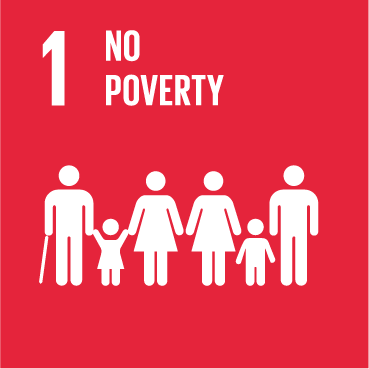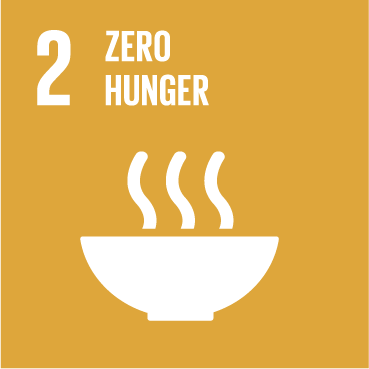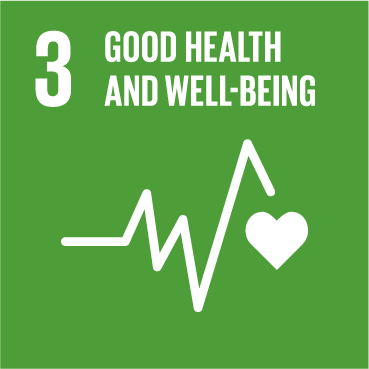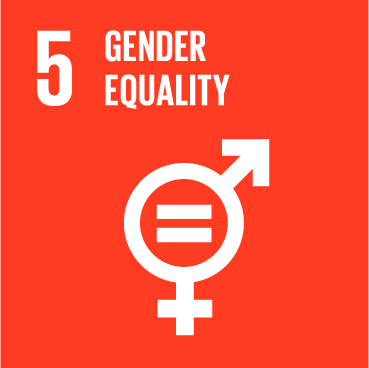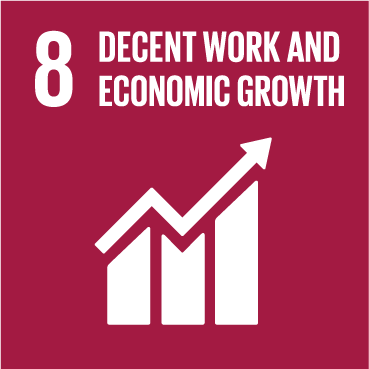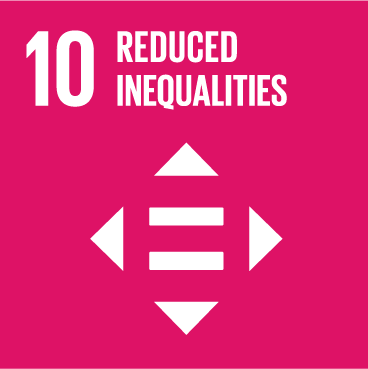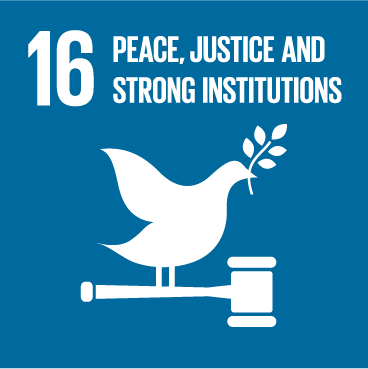By Mathias Burton
 Substantial allocations of the national budgets are being invested annually in social protection policies and programme to address high levels of poverty and vulnerability world over. Poverty is perpetuated by risks and vulnerabilities, many of which are gendered. Time poverty, gender-based violence, discriminatory labour markets and unequal intra-household decision-making power all serve to exacerbate gender inequalities and vulnerability. Despite this, in the Malawi and probably in other SADC countries, little attention has been paid to social protection’s role in tackling gendered experiences of poverty and vulnerability. Too often, the gender dimensions of vulnerability are at best weakly reflected in programme design or at worst treated superficially or even overlooked altogether. This is problematic, because there is a strong body of evidence showing that the ways in which poor men, women, boys and girls experience poverty and their capacities to deal with risks are distinct.
Substantial allocations of the national budgets are being invested annually in social protection policies and programme to address high levels of poverty and vulnerability world over. Poverty is perpetuated by risks and vulnerabilities, many of which are gendered. Time poverty, gender-based violence, discriminatory labour markets and unequal intra-household decision-making power all serve to exacerbate gender inequalities and vulnerability. Despite this, in the Malawi and probably in other SADC countries, little attention has been paid to social protection’s role in tackling gendered experiences of poverty and vulnerability. Too often, the gender dimensions of vulnerability are at best weakly reflected in programme design or at worst treated superficially or even overlooked altogether. This is problematic, because there is a strong body of evidence showing that the ways in which poor men, women, boys and girls experience poverty and their capacities to deal with risks are distinct.
In Malawi, most women in difficult circumstances remain invisible or highly mobile and engaged in occupations or activities that are not regularly monitored by any governmental body or NGO. Women’s participation in politics and the economy remains very low; many factors account for this and among them are: persistent patriarchal traditions with the tendency of placing women in the private sphere, customary laws and traditions that favour men over women; lower educational levels are also related to lower formal labor force participation and decreased earnings and thus lessened economic autonomy. For instance, the recent Malawi Demographic and Health Survey found that women had completed 3.1 median years of schooling, whereas this figure was 5.1 for men. Among those residing in rural areas, median years of schooling for women were 2.5, for men: 4.5. These are major gender disparities in literacy and education that in later years contribute to women’s lower formal labour force participation; as a result, the majority of women are trapped in informal sector employment.
There has been an important gender dimension to the growth of informal employment in Malawi in the recent years. Women constitute the majority of informal sector operators in Malawi(58 %), (Baah 2007). In terms of average earnings, conditions of work, and income security, informal employment includes a higher proportion of low quality jobs than formal employment. Women are over-represented in informal employment. They are also more likely than men to be found in lower paid and precarious jobs within informal employment. While this is the case it should be mentioned that, to a large extent, entitlements to social protection in Malawi, probably like in many other countries in SADC, are acquired through market production, and specifically through formal employment; as such, women in informal employment face significantly higher levels of economic vulnerability, with adverse consequences for their welfare and that of their households; knowing that the informal sector in Malawi is characterized by poor working conditions and lack of job security and social protection coverage is close to zero.
Access to social protection by women in informal employment is restricted; both by social security programmes design, and by the precarious nature of their employment and low pay. Social protection entitlements in the country depend largely on employment status, largely excluding workers in informal employment. This applies to the whole range of core social protection programmes. So far, employment-based schemes have favoured men more than women due to labour market disaggregation and other factors such as women’s biological and social roles. Because girls’ enrolment and retention in school in most parts of the country lags behind that of men, women in Malawi are more likely than men to be unemployed due to limited skills. Women are also more likely to exit from employment to assume maternal roles. These facts are illustrated by high unemployment among women in many parts of the country. As a result, pursuance of employment-based social protection systems would only produce or perpetuate gender inequality. It is, therefore, essential that social protection be reformed or designed. The reforms should aim to redesign social protection programmes to include women in informal employment.
Essentially, it could be concluded that women in informal employment are largely excluded from formal social protection. Social insurance programmes have shown inherent limitations in extending social protection to informal workers. Women are over-represented in informal employment, and, within informal employment, women concentrate in the lower paid and more precarious jobs. Their over-representation in informal employment increases their vulnerability, as entitlement to social protection in the country is largely secured through formal employment. The rise in informality, and the over-representation of women in informal employment, underlines the need to consider how to extend social protection to this group of workers; would the universal basic income grant be the answer to dilemmas of social protection for women in informal employment?



